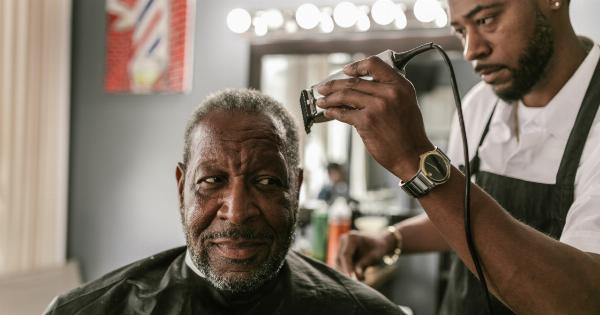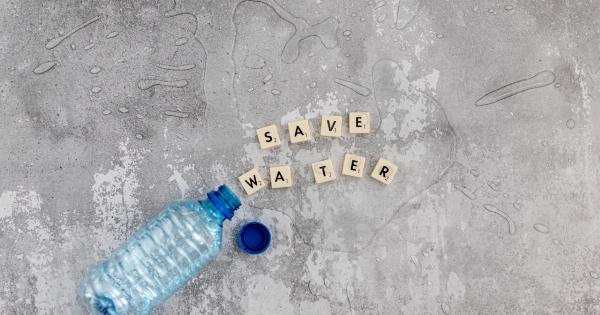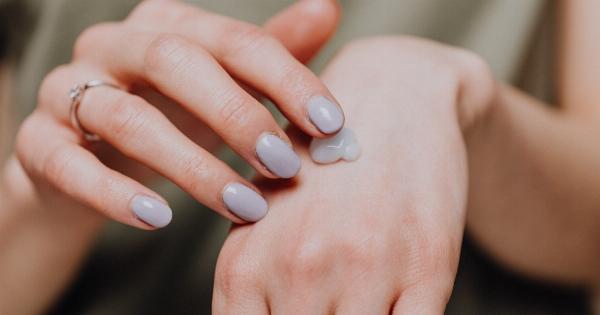Cutting your nails may seem like a simple and straightforward task, but did you know that there is a right way and a wrong way to do it? Improper nail trimming can lead to a number of problems, including hangnails, ingrown toenails, and even infections. That’s why it’s important to learn how to properly cut your nails. In this article, we’ll be sharing advice from dermatologists on how to do just that.
1. Use the Right Tools
The first step to properly cutting your nails is to use the right tools. You’ll need a pair of sharp nail clippers or scissors, a nail file, and a cuticle pusher.
Avoid using dull or dirty tools, as they can damage your nails and increase the risk of infection.
2. Soften Your Nails
Before you start cutting your nails, it’s important to soften them. This will make them easier to trim and reduce the risk of cracks and splits. Soak your nails in warm, soapy water for a few minutes, or take a shower or bath.
Alternatively, you can apply a cuticle softener or oil to your nails and let it sit for a few minutes.
3. Trim Your Nails Straight Across
When trimming your nails, it’s important to cut them straight across. Avoid rounding the corners, as this can increase the risk of ingrown nails. Use your nail clippers or scissors to trim your nails to your desired length.
If you’re using clippers, make sure they are sharp and the blades are straight. If you’re using scissors, make sure they are curved and designed for cutting nails.
4. File Your Nails
After trimming your nails, it’s important to file them. This will smooth any rough edges and prevent snags and tears. Use a nail file to gently file your nails in one direction, from the edge of the nail toward the center.
Avoid filing back-and-forth, as this can weaken your nails and cause them to split.
5. Push Back Your Cuticles
Cuticles are the thin layer of skin that grows at the base of your nails. They help protect your nails from infection. Use a cuticle pusher to gently push back your cuticles, being careful not to cut them.
If your cuticles are dry or overgrown, you can apply a cuticle oil or cream to soften them.
6. Avoid Overcutting
When trimming your nails, it’s important not to overcut them. The white part of your nails, also known as the nail plate, should extend a little past the tips of your fingers or toes.
If you cut your nails too short, you increase the risk of ingrown nails and infections.
7. Be Gentle with Your Nails
Your nails are delicate, and it’s important to take good care of them. Avoid using your nails to pick or scratch at things, as this can cause them to weaken or break. If you need to open a can, use a can opener instead of your nails.
If you need to remove a sticker, use a credit card or other flat object.
8. Practice Good Hygiene
Good hygiene is crucial for healthy nails. Wash your hands regularly with soap and water, dry them thoroughly, and apply a moisturizer. Avoid sharing nail clippers or other tools with others, as this can spread infections.
If you get a manicure or pedicure, make sure the tools are sterilized and the salon follows good hygiene practices.
9. Check for Signs of Infection
Finally, it’s important to check your nails regularly for signs of infection. These can include redness, swelling, pain, and pus. If you notice any of these symptoms, see a dermatologist as soon as possible.
They can prescribe medication to treat the infection and prevent it from spreading.
Conclusion
Properly cutting your nails is an important part of maintaining good hygiene and preventing nail problems.
By using the right tools, softening your nails, trimming them straight across, filing them, pushing back your cuticles, avoiding overcutting, being gentle with your nails, practicing good hygiene, and checking for signs of infection, you can keep your nails healthy and strong.






























